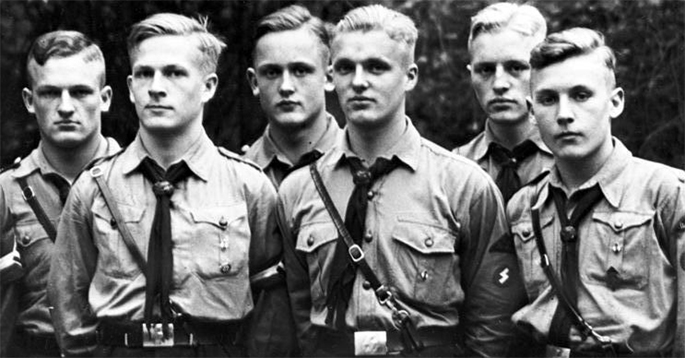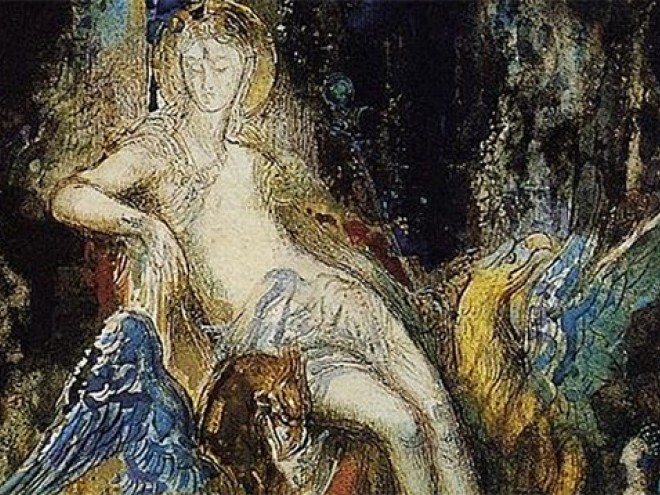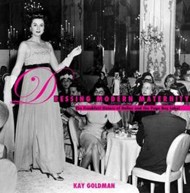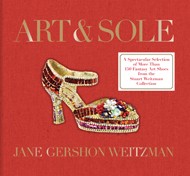Earlier this week, Helen Maryles Shankman questioned whether her fictional stories trivialize the Holocaust. She is guest blogging all week as a Visiting Scribe here on The ProsenPeople.
Early in 2012, some guy named Ben emailed me an invitation to join the beta version of his new site, Pinterest. He called it “a social catalogue.” In his email, he effused that he “couldn’t wait for me to join the community.”
What did that even mean? I sat on the invitation for a week. After poking around on various author sites, I discovered that Pinterest was a sort of online bulletin board, where you could “pin” pictures that you found while scouting the internet. I responded “yes” to Ben’s invitation, because I can always use one more way to waste time on the internet.
For another week, I did nothing. Sure, the “board” was nicely designed, and it was fun seeing my name in big letters up on the top. But the blank board sat there for weeks, staring at me in an accusatory way, before I pinned my first photo.
A character in my novel was wearing an evening gown. It was 1939, she was absolutely fabulous, and she happened to be a vampire. Of course, I’d been using Google for research, and though it was doubtlessly a miraculous tool, in order to refer to my inspiration photos I had to bookmark web pages or drag photos into document files — a time-consuming process that also took up storage on my desktop.
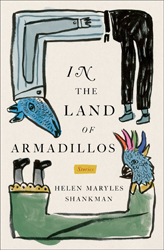 What the heck, I thought, let’s try this, and opened up Pinterest. In the search box, I typed the words Womens Fashion, 1930s. I typed Fashion Designers. I typed Ballgowns. I added Black.
What the heck, I thought, let’s try this, and opened up Pinterest. In the search box, I typed the words Womens Fashion, 1930s. I typed Fashion Designers. I typed Ballgowns. I added Black.
And, oh, reader! The riches that unfurled before my eyes!
Dresses by Balenciaga, by Chanel, by Lanvin, by Schiaparelli, by Vionnet! Luscious confectionary creations in silk and velvet and jet beads, in lace and organza and satin and netting! To save it, all I had to do was click the red “Pin It” button on each photo, and presto, it appeared on my own personal online bulletin board. Overnight, Pinterest became my go-to program, as essential as Microsoft Word.
This was a pivotal moment in my writing. The ability to call up a trove of curated research photos, available on my phone, computer, or laptop, bestowed on me the power to bring realistic detail to my writing whether I was sitting at my desk in New Jersey, staying at a rustic campsite in Maryland, or visiting my parents in Chicago.
In the title story of In the Land of Armadillos, inspired by events in the life of Bruno Schulz, Sturmbannfuhrer Max Haas, formerly of the Einsatzgruppen, takes it upon himself to protect the Jewish  creator of his son’s favorite picture book. But Toby, the artist, doesn’t want to be protected: Toby wishes he was dead. To his own infinite astonishment, Max finds himself trying to restore the artist’s will to live.
creator of his son’s favorite picture book. But Toby, the artist, doesn’t want to be protected: Toby wishes he was dead. To his own infinite astonishment, Max finds himself trying to restore the artist’s will to live.
I knew exactly what Max would look like: average, ordinary, everyman. But when I began to describe his SS uniform, I was stumped. Shiny black boots, I thought. A red swastika armband. After that, I was lost.
I opened up Pinterest and typed Nazi uniforms.
Still photos from Schindler’s List came up; the terror-inspiring, Hugo Boss-designed tunics of the Third Reich.But so did something else, infinitely stranger: jaunty, sporty fashion illustrations from a 1937 Nazi Party handbook. Here were the infamous SS officer uniforms I sought, with belts and braid and silver lightning pips and skull badges on the caps; but also gym uniforms, security guard uniforms, the League for German Girls uniforms, uniforms for sailors and hikers and children and waiters, all briskly sketched on attractive German citizens, striding smartly through imaginary fields, or standing about looking valiant and visionary. These weren’t the brutal, baby-killing Nazis of our collective postwar memory. These drawings were the way the Nazis saw themselves: healthy, wholesome, resolute, capable.
Upon seeing these drawings, something clicked inside my head. Max is a monster, a cold-hearted mass murderer, but the key to his character is that he doesn’t know it. He sees himself as a soldier and a family man – one who is assigned some unpleasant duties in the course of defending the world against the Communist threat.
The fashion illustrations breathed the same delusional air. And with that, the story caught fire.
Helen Maryles Shankman’s stories have been nominated for two Pushcart Prizes. She lives in New Jersey with her husband and four children.
Related Content:
- Adam D. Mendelsohn: Stumbling on Jewish Suppliers to the Confederacy
- Leonard Rosen: The Burden of Silence
- Gwen Edelman: In My Characters’ Shoes
Helen Maryles Shankman’s stories have been nominated for two Pushcart Prizes and have appeared in The Kenyon Review, Gargoyle, Cream City Review, 2 Bridges Review, and other publications. She lives in New Jersey with her husband and four children.
